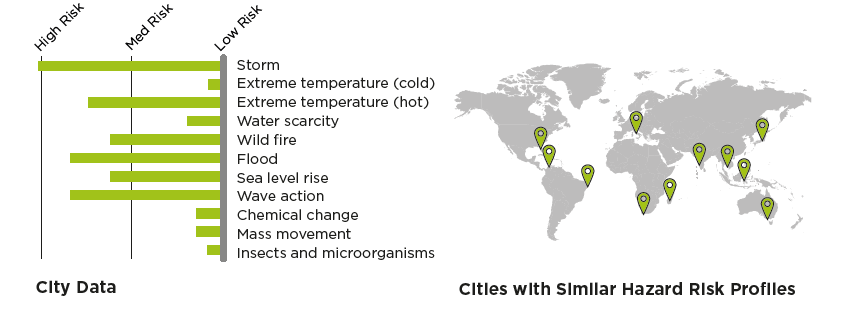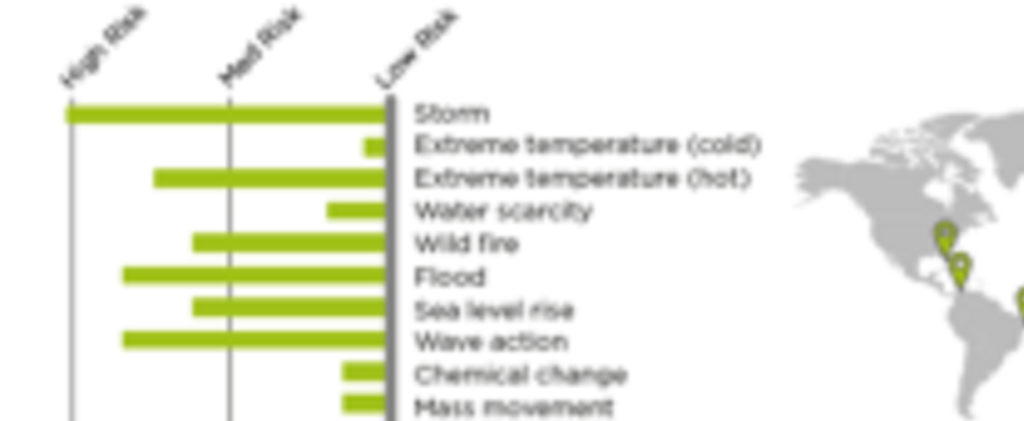If April was the month of resilience, then May was definitely the month of adaptation – climate change adaptation. Globally, over 1600 delegates came together for the Adaptation Futures 2016 conference in Rotterdam, the fourth and so far largest international conference on the topic. Closer to home, media reports have highlighted recent scientific research drawing attention to the serious impacts of climate change on the Middle East.
So what?
Mitigation (that is, actions to reduce greenhouse gases – from energy efficiency to renewable energy) is only half the story. In parallel, we need to be planning for the expected changes in climate (i.e., adaptation). To date, most of the focus globally and in the Middle East has been on mitigation. We have not completely cracked that nut yet, but we cannot afford to ignore adaptation any longer.
Given that this is a relatively new area let’s go through some basic myth-busting…
Adaptation is for tree-huggers
In fact, adaptation has little to do with environmental protection – it is primarily about managing risk to humans and infrastructure. As highlighted by the UNFCCC Executive Secretary, climate change adaptation is about making people’s lives better.
We don’t know enough to plan for adaptation.
Scientists have been predicting future climate scenarios for decades. While this is still an ongoing area of study, we know enough to be able to identify likely scenarios. There are also ways to interpret the global models to local areas so that regions, countries, and cities can plan for scenarios relevant to them.

Adaptation is complicated
Just like any risk exercise, there are two main steps to adaptation planning. First, a vulnerability assessment is undertaken to determine how vulnerable a city/country is to a particular climate change scenario. This can be done at various levels of detail, depending on the information, budget, and time available. Once the key risks are identified, goals and plans can be prepared to address them. Basic future planning/asset management, really.
There is still time
It’s crazy to think that we are spending billions planning and delivering large-scale physical and social infrastructure projects in the region (rail, power, health, ports, housing, leisure…) without making sure that these projects will survive and be appropriate for the changing climate. Climate change adaptation will inevitably mean changing the parameters to which we design our buildings and infrastructure and manage our resources – that is something we need to do now.
Solar power and electric cars will save us
Once again, mitigation is not adaptation. Solar power and electric cars may reduce our greenhouse gas emissions and allow us to reach the 1.5 or 2 degrees target. However, even if we reach that target tomorrow, we are still effectively guaranteed a change in climate – albeit one that we have a chance of adapting to if we start now.
Interestingly, the adaptation mindset is almost the reverse of the mitigation one. Mitigation is about each country/city doing its share so that we can reach a global target. Adaptation is much more self-centered, in a sense. It is about identifying the impacts of global climate change at a local level and planning to address them. In other words, no one will adapt our homes, cities, or countries for us – we will have to do that ourselves.

